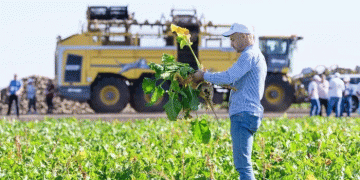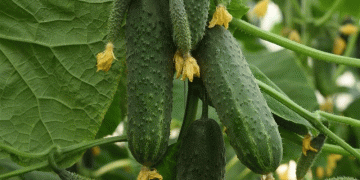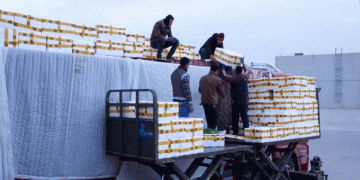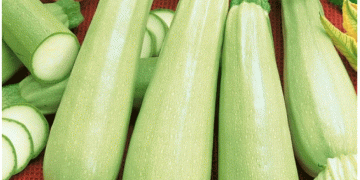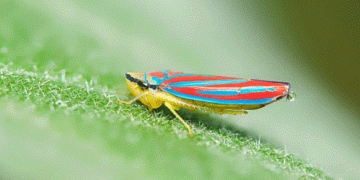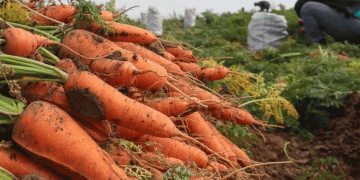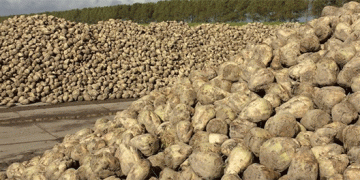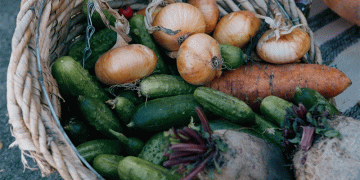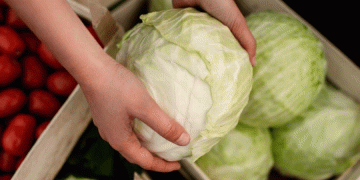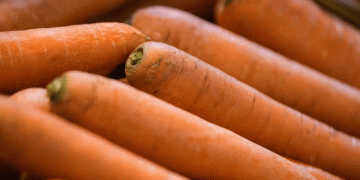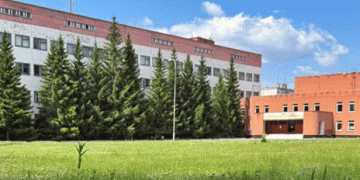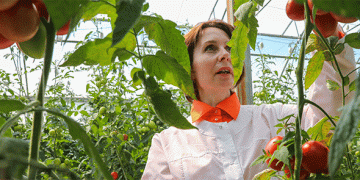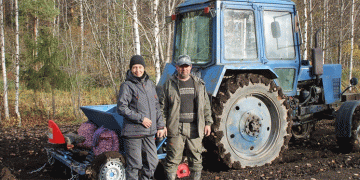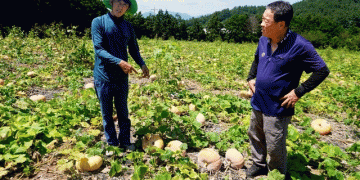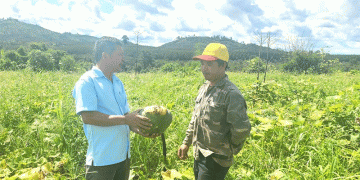For decades, Russia’s towering sugar industry—forecast to produce 48-50 million tons of beet in 2025—has been built on a fragile foundation: imported seeds. With domestic seed provision languishing at a mere 1-3% for the past ten years, this critical input represents the nation’s most significant agricultural vulnerability. A bold new initiative in Stavropol Krai, announced at the recent St. Petersburg International Economic Forum (SPIEF), aims to shatter this dependency. The agreement between the regional government and “SoyuzSemSvekla” (a joint venture between Rusagro and Shchelkovo Agrokhim) plans to create a breeding cluster capable of supplying up to 50% of Russia’s sugar beet seed demand. However, experts caution that the path to seed sovereignty is fraught with agronomic and economic peril.
The Stavropol Cluster: A Collaborative Model
The plan is structured as a public-private partnership. The cluster will leverage the scientific base of the Stavropol State Agrarian University and the technological expertise of SoyuzSemSvekla, Russia’s only private sugar beet breeding and genetics center. Seven seed farms in the region, including the large-scale OOO SKh “Stoderevskoye,” have been identified for their favorable climate and irrigated areas to serve as the production backbone. The company promises “competitive, high-yielding hybrids of domestic selection, created using progressive technologies of classical and genomic selection,” with full agronomic support for partner farms.
The Scale of the Challenge: A Decade of Dependence
The ambition is monumental because the starting point is exceptionally low. Official figures trace a painfully slow climb: from 0.6% domestic provision in 2019 to 1.8% in 2022, and a projected 12% in 2024, according to Soyuzrossakhar. This glacial pace underscores the immense complexity of modern plant breeding. As leading expert Yevgeny Ivanov from the Institute for Agricultural Market Studies (IKAR) starkly notes, “Genetics, breeding, and seed production of modern effective sugar beet seeds worldwide are now concentrated mainly in two global holdings.” He estimates that creating competitive domestic hybrids would require “a horizon of 8-15 years” of sufficient and sustained funding.
The Productivity Paradox: The Risk of Rushing
The most significant risk articulated by analysts is a potential drastic drop in productivity. Current domestic hybrids, while a critical starting point, have not yet demonstrated the yield performance of their imported counterparts. Ivanov warns that a rushed, large-scale shift to existing domestic varieties could lead to a “general decrease in industry productivity and an increase in the cost of domestic beet sugar by no less than 30%, or even 50%.” This would force a harsh choice: accept a much smaller sugar harvest from the same area or invest billions to expand acreage, harvesting equipment, and logistics by a third to compensate—a massive capital outlay for an industry where per-hectare costs already exceed 155-170 thousand rubles without VAT.
The Stavropol seed cluster is a necessary and strategically vital step for Russia’s long-term food security. It represents a serious commitment from major agribusiness players and the government to address a critical weakness. However, optimism must be tempered with realism. The project is a marathon, not a sprint. Success will not be measured in the next two or three years but over a decade or more. For farmers and agronomists, the immediate future likely remains a landscape dominated by imported genetics. The true test for the Stavropol cluster will be whether it can accelerate the breeding cycle to deliver high-yielding, competitive domestic hybrids before market pressures or geopolitical events make the current import-dependent model unsustainable. The gamble is high, but the cost of continued dependency may be even higher.
